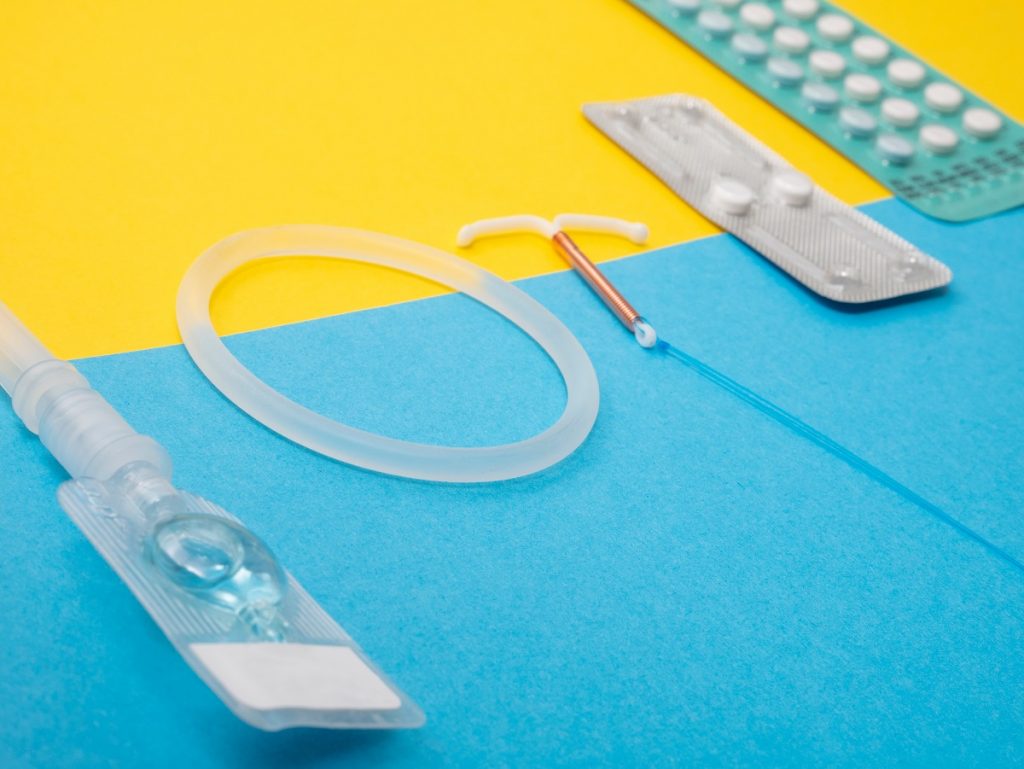Once every 28 days – give or take – it happens. That now-familiar ache that sends a message to your brain going “Aah, so that’s why I’ve been crying all week!” And if you’re not prepared, along with it comes either the mad scramble to find your tampons – you’re so sure you had some in this handbag! – and asking colleagues for painkillers. If you’re lucky, that’s the end of it, and the rest of your cycle moves uneventfully.
But for many, many ovary owners, taking a painkiller and lying down with a hot water bottle is not only outdated advice, it simply doesn’t work.
Women with conditions like endometriosis, fibroids or PCOS suffer debilitating period cramps, while some of us find taking paracetamol does nothing. Along with period cramps, it’s also normal to experience loose stools, dizziness, nausea and headaches.
Luckily, advances in science have taken us out of the dark ages. Now, we know a little bit more about making those few days easier.
What Causes Period Pain?
According to Mayo Clinic, during menstruation, the uterus contracts to release the lining, which becomes period blood. A hormone-like substance, prostaglandins, is then released, which are thought to be involved in shedding the uterine lining, which causes pain. Higher levels of prostaglandins are associated with greater menstrual cramps. Also worth noting is that regular period pains tend to disappear with age, or improve after childbirth.
Signs You Should See A Doc
Even with the cause of menstrual pain identified, other factors (often not discussed in Life Orientation class) could be making your period pain unbearable. If your pain is so bad that you’re unable to go to school or work or simply live your life, you might need to see a doctor. It could be a sign that there is another medication condition at play, like the ones mentioned above. Some warning signs:
– You need to stay home for period pains
– Your period pains get worse
– You experience heavy periods, or they last more than seven days
– After age 25, your cramps are severe
– You experience period pains even when you’re not menstruating
How To Get Rid Of Period Pain
If you’re not experiencing another underlying condition, there are methods to use to make period pains better.
Take Painkillers – But Smarter
FYI… you should start the pain tablets at regular doses (every four to six hours) the day before you suspect pain to kick in, according to multiple sources. This helps by blocking pesky prostaglandin production. Stick to anti-inflammatory meds like ibuprofen and naproxen.
Supplement With Magnesium
One study found that when women supplemented magnesium with vitamin B6, they found a great reduction in PMS symptoms. It’s thought that Mg works to relax the muscular contractions that create pain. The most therapeutic dose? 250mg magnesium plus 40mg of vitamin B6. There’s a caveat: you need to take the pills daily, throughout your cycle, not just during menstruation.
Exercise, Regularly
This one is also not a quick-fix, but studies show that women who exercise regularly have less pelvic pain. This should be kept up regularly throughout your cycle as a preventative measure.
Contraception
In many cases, reporting debilitating menstrual cramps will have your doctor recommending contraception. That’s because contraception can halt ovulation, which can make a huge difference. In some cases, your periods can halt completely, depending on which contraception you use and how you use it.
Try TENS
Full name transcutaneous electronic nerve stimulation, these devices emit electrical currents through the skin which interrupt the pain signals moving from your womb to your brain, telling you you’re in pain. Studies show they are effective, and the devices themselves are mostly discreet. Try Livia or Beurer brand.
CBD tampons
CBD, or cannabinoid, is a chemical found in marijuana. It does not contain the chemical that makes you high – that’s THC. When infused with a tampon, it delivers pain relief right into the source of pain. There’s not much scientific research, but anecdotal evidence shows it’s effective for some. A quick google shows they’re readily available here in SA.
Masturbation
Not only does flicking the bean have heaps of benefits for your mental health, it also boosts feel-good hormones serotonin and dopamine, which work together to reduce stress. Plus, orgasms are shown to reduce menstrual cramps, thanks to the release of natural pain-reliever oxytocin. Final word: you’re allowed to grab your partner for actual sex, too – just don’t forget a towel.
Sources: Mayo Clinic, Healthline

